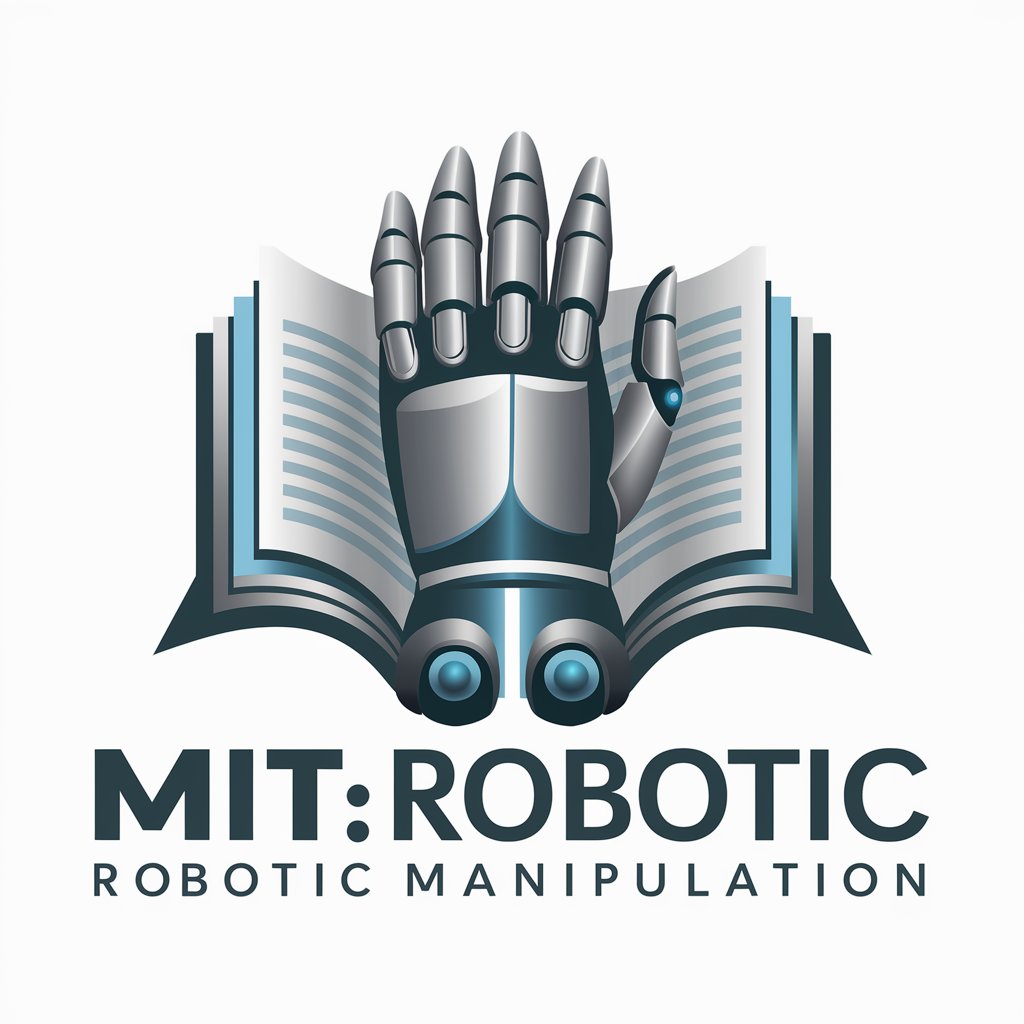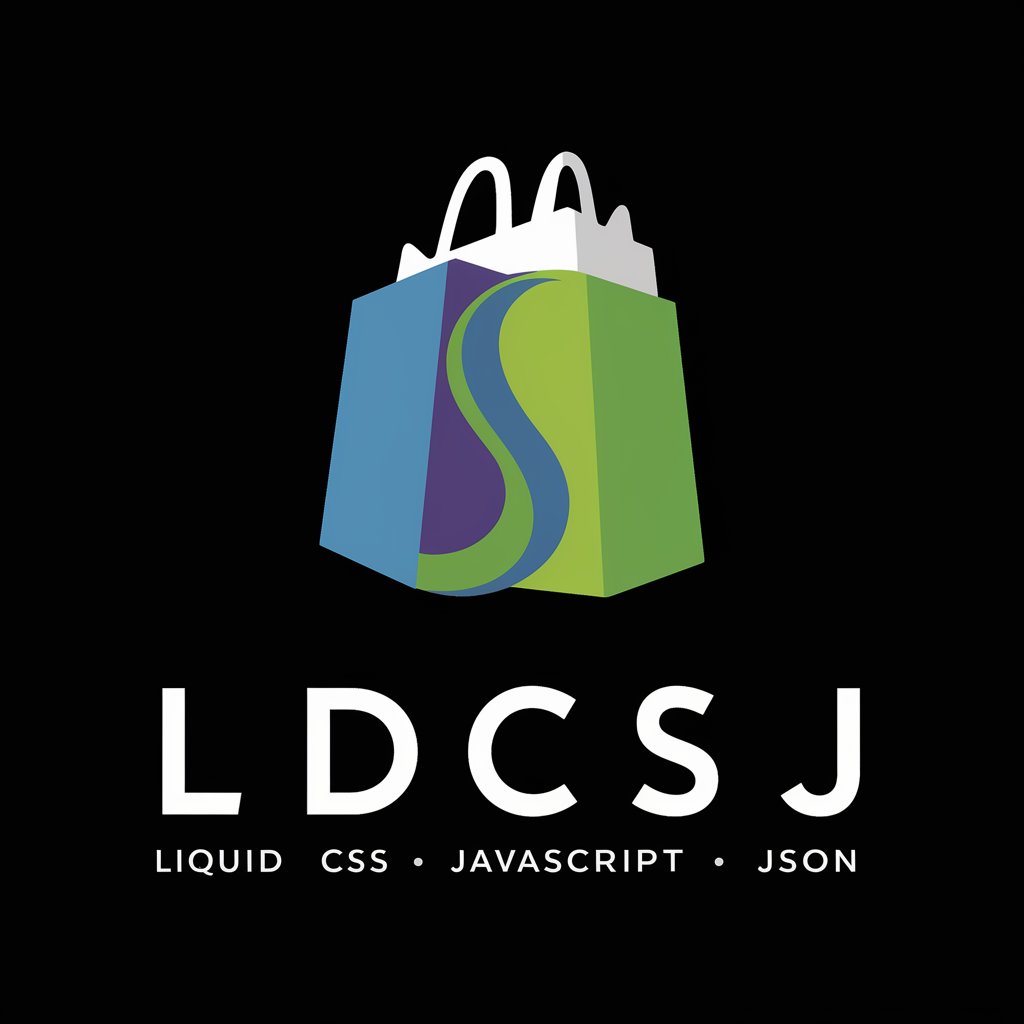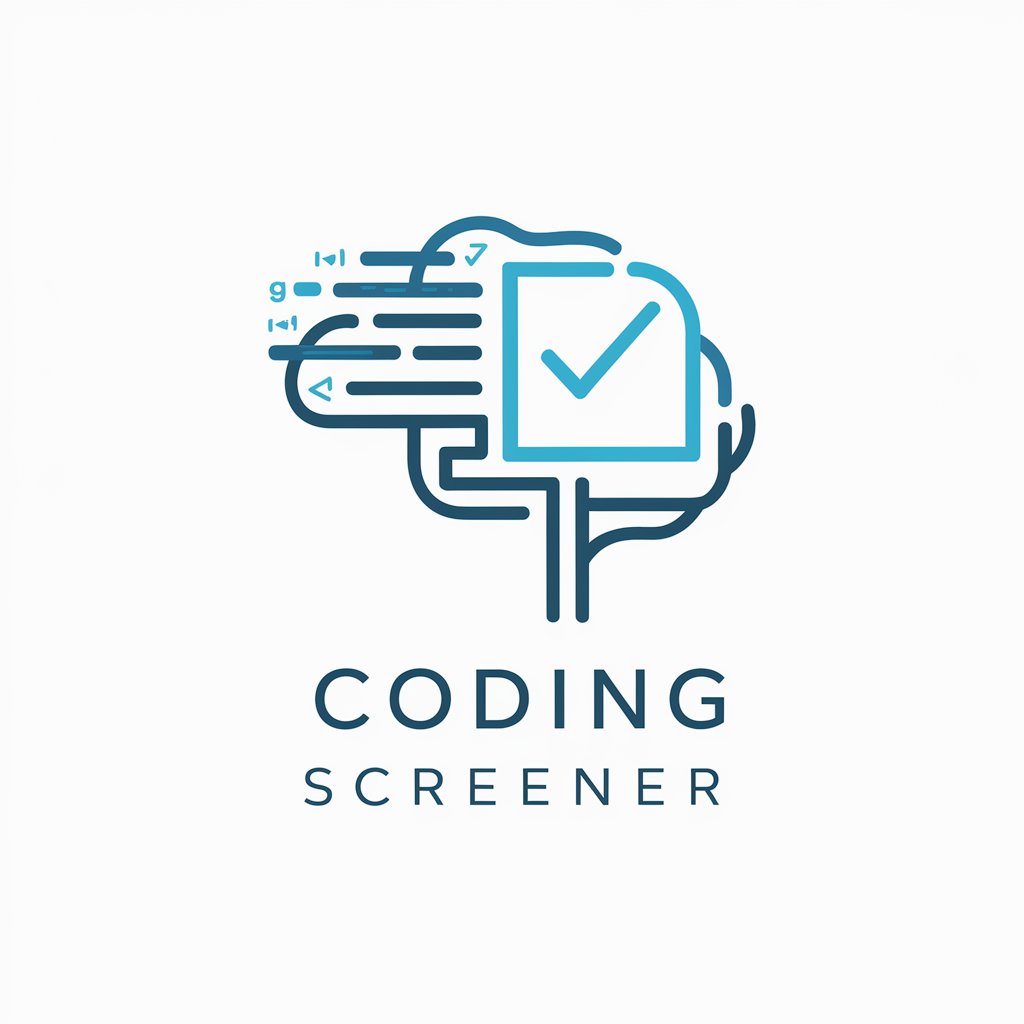MIT: Robotic Manipulation - Robotics Manipulation Insights

Welcome to MIT: Robotic Manipulation!
Empowering robotic manipulation through AI-driven simulations.
Explain the concept of forward kinematics in robotic arms.
Describe the role of sensors in robotic manipulation.
What are the advantages of using torque-controlled robots?
How does differential inverse kinematics improve robot motion planning?
Get Embed Code
Introduction to MIT: Robotic Manipulation
MIT: Robotic Manipulation, as embodied in these lecture notes and associated resources, represents a comprehensive endeavor to elucidate the field of robotic manipulation. It embodies the interplay between perception, planning, and control, aiming to bridge the gap between theoretical constructs and their practical applications. These materials are constructed upon a foundation of theoretical knowledge, simulation tools, and real-world robot hardware, designed to foster a deep understanding of robotic manipulation's complexities. Examples such as the intricate task of loading a dishwasher highlight the challenges and the need for advanced perception, planning, and control strategies in robotics. Powered by ChatGPT-4o。

Main Functions of MIT: Robotic Manipulation
Simulation and Analysis
Example
Simulation tools for robotic arms like the Kuka LBR iiwa
Scenario
Allows users to simulate and analyze robot behavior in various environments and tasks, facilitating the development and testing of manipulation algorithms without the need for physical hardware.
Perception, Planning, and Control Integration
Example
Integration of perception with planning and control mechanisms
Scenario
Enables robots to understand their environment, plan actions, and control their movements to perform complex tasks such as picking up objects from cluttered environments, exemplified by bin picking scenarios.
Educational Resource and Toolkit
Example
Providing interactive notes and software tools through DRAKE
Scenario
Serves as an educational platform, offering students and researchers the opportunity to learn about robotic manipulation through interactive examples and exercises, thereby building a foundation in manipulation science.
Ideal Users of MIT: Robotic Manipulation
Robotics Researchers
Researchers seeking to explore and advance the state-of-the-art in robotic manipulation. They benefit from the comprehensive treatment of theoretical foundations, simulation tools, and practical applications.
Robotics Educators and Students
Educators looking for a structured curriculum to teach robotic manipulation and students aiming to learn the fundamentals and advanced topics in the field. The materials offer a blend of theory, practical examples, and interactive learning experiences.
Robotics Engineers
Professionals engaged in designing and implementing robotic systems for industrial, commercial, or consumer applications. They utilize the simulation tools and methodologies presented to prototype and refine manipulation strategies before deployment.

Using MIT: Robotic Manipulation
Start with a free trial
Begin by accessing a free trial at yeschat.ai, no login or ChatGPT Plus subscription required.
Explore foundational concepts
Familiarize yourself with basic robotics manipulation principles through interactive simulations and examples provided.
Apply theoretical knowledge
Utilize the tool to apply theoretical concepts in practical scenarios, enhancing understanding through real-world applications.
Experiment with advanced topics
Dive into advanced topics, including torque-controlled robots and perception systems, through detailed simulations.
Engage with the community
Participate in discussions, share findings, and seek advice from the broader robotics manipulation community to enhance learning.
Try other advanced and practical GPTs
Shopi DEVELOPER
Empowering Shopify stores with AI-driven development

Sooji
Your AI-powered empathetic advisor.

Prompt Quiz
Visualize and Learn Japanese the AI Way

ちゃんとGPTS 岡山弁編
Experience Okayama dialect with AI

Shigoro Shogi Master
Master Shogi with AI-Powered Insights

Plantilla Shopi de Rojant Media
Elevate Your Shopify Experience with AI-Powered Design

Mental Manipulation
Harnessing the power of influence responsibly

Propaganda-Bot - Manipulation mit KI erkennen
Unmasking Media Bias with AI Precision

Excel Expertise
AI-powered Excel Problem Solver

Pandas GPT
Elevate your data game with AI.

Feasibility Screener
Evaluating Feasibility with AI Precision

Coding Screener
Elevate coding skills with AI-powered assessments.

Questions & Answers about MIT: Robotic Manipulation
What is robotic manipulation?
Robotic manipulation refers to the way robots interact with objects in their environment, encompassing perception, planning, and control to execute tasks such as picking and placing objects.
How does simulation contribute to robotic manipulation?
Simulation plays a crucial role by providing a virtual environment for testing and refining algorithms, enabling safe and efficient development of robotic systems without the need for physical hardware.
What distinguishes torque-controlled robots?
Torque-controlled robots can directly control the force applied by their joints, allowing for more nuanced interactions with objects and environments, particularly in tasks requiring delicate handling.
How do perception systems enhance robotic manipulation?
Perception systems enable robots to understand their surroundings by processing sensory information, crucial for tasks requiring object recognition, localization, and interaction in complex environments.
What is the significance of model-based design in robotics?
Model-based design offers a structured approach to building robotic systems, allowing for clear representation and integration of components, facilitating analysis, and improving the reliability of manipulation tasks.
